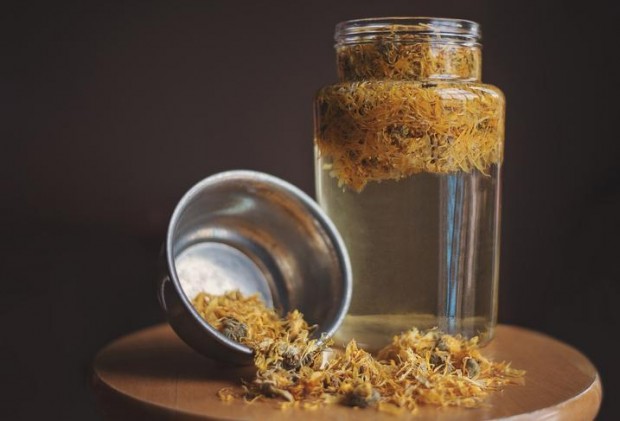Types of Acne. Which is Yours?
Everybody can get acne at some point in life. It is unfortunate that these frustrating bumps at times have a tendency of popping up at the most dreadful times, such as before an interview for your dream job or ahead of a big date. The majority of adolescents usually face acne problems, but you are mistaken if you think that it is merely a teenage problem. Acne crops up in adults as well, and even newborns.
Acne crops up when hair follicles or pores get blocked by oil along with dead skin cells. Acne doesn't just occur on faces, it can be at anyplace on your body. There are several different types of acne, read on to know more.
Whiteheads
Whiteheads acne usually develops beneath the surface of the skin. These spots are small and round, and they are as well covered by a slight coating of the skin, which results in a yellowish or white look. The skin around the whitehead might look wrinkled or tight, and especially if the whitehead is huge or particularly raised. Whiteheads usually don't cause scarring.
Blackheads
Blackheads appear to be similar to whiteheads though blackhead pimples are dark or black but not white like whiteheads. Blackheads are not covered by the skin, but they rise to the surface of the skin instead. Skin exposure to the air makes the trapped oil in the pores to turn blackish and these results in the bump's dark look. The skin that is around blackhead acne generally looks normal, whereas the blackhead center is darker than the encircling areas.
Papules
Papule acne forms when a hair follicle or a pore happens to be clogged up with bacteria. As a result, the walls encircling your pores break due to severe inflammation. It results in clogged, hard, pores and pink skin around the pores.
Pustules
This acne is much related to papules. However, with a pustule, the inflammatory response in your body usually causes the pimples to fill up with pus made up of dead skin cells, oil, and bacteria. The bumps are often red, a bit big, and very sensitive. They have white or yellow heads on top.
Nodules
Nodular acne is a very severe type which is characterized by big, hard bumps beneath the surface of the skin. This form of acne involves bacteria as well, and it develops when the pore walls break down. Thus, oil and bacteria enter more in-depth in the skin, where it affects other pores. Nodules are very painful, and they can cause permanent scarring.
Cysts types of acne
Cysts usually develop when the pores are congested by a combination of dead skin cells sebum, and bacteria. These clogs take place deep inside the skin, and they go far underneath the surface of the skin than nodules. Cysts are big white or red bumps, and they are very tender to the touch. They are the biggest and the worst type of acne, and they usually form as a result of severe infection. It is the type of acne that has a likelihood of scarring as well.
Milia
Milia are not classified as acne though they are confused for acne. They are bump-like tiny cysts that form underneath the skin. They crop up when keratin or skin flakes; (a protein) gets trapped underneath the skin. It is most common among babies though it can affect anybody regardless of age.
Whiteheads and blackheads are the mildest types of acne. They are noninflammatory acne, and they don't cause swelling. Papules and Pustules are more moderate types, while nodules and cysts are the worst and the most severe types of acne and are all inflammatory acne types.
See Now: NASA's Juno Spacecraft's Rendezvous With Jupiter's Mammoth Cyclone
* This is a contributed article and this content does not necessarily represent the views of scienceworldreport.com





Join the Conversation